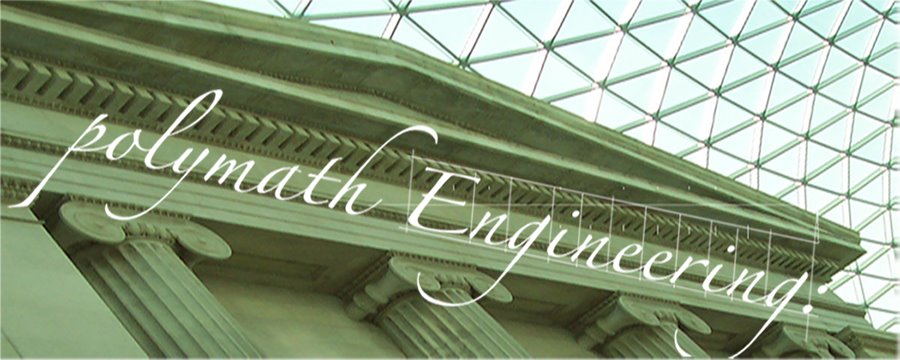Heat signature infra red is Long wave Infra red and takes some specialized equipment before you can even dream of creating your own FLIR cam. Heating seeking missiles, and thermal imaging happen in the MWIR and LWIR ranges respectively. Below is a quick list of what the IR band looks like and how it's named.
There are 5 bands of Infrared:
- Near Field aka NIR(700nm to 1,400nm)
- Short Wave IR aka SWIR (1,400 nm to 3,000nm)
- Mid Wave IR aka MWIR (3,000nm to 8,000nm)
- Long Wave IR aka LWIR ( 8,000nm to 15,000nm)
- Far IR aka FIR (15,000nm to 100,000nm)
For a Frustrated Total Internal Reflection (FTIR) screen the NIR range is what we'll be using, and it's what this hack will be focusing on.
Materials:
- Exposed Film Negative
- A webcam
- Scissors
- Plastic Bag
Tools:
Precision screw driver set
 |
| I used a Creative Labs webcam model VF-0040. |
 |
It has two small Phillips head screws on the back plate. |
 |
| Once the screws are removed the face cap will come off. |
 |
| Use a soft lead pencil (good old No. 2) to remove the colored filter on the lens. This will minimize scratching on the lens. |
 |
| Cut out a small square from your exposed film negative. (Just use an empty corner, you don't want to destroy the images in your film negative and you don't want to use the image part anyhow)! |
 |
| Here are the components. The filter holder on the left. The original filter (Top center), and the body of the optic system. |
 |
| Remove the original filter as above, and replace it with the film negative you piece you cut out. Then reassemble the optic system and put it back over the CCD chip. Once you've reassembled the entire webcam plug it in and make sure it works. Every webcam is different and will require some exploration on your part. Remember to be patient and cautious while you do this. If you mess up the cam you'll have to buy a new one and that's no fun. If you decide to use the cam I have used and need the driver then please click here to download the Creative VF-0040 driver. |



1 comment:
HOT WEBCAM MODELS NEEDED!
EARN MORE THAN $10,000 PER WEEK.
BECOME A BONGA MODELS WEBCAM MODEL TODAY!
Post a Comment